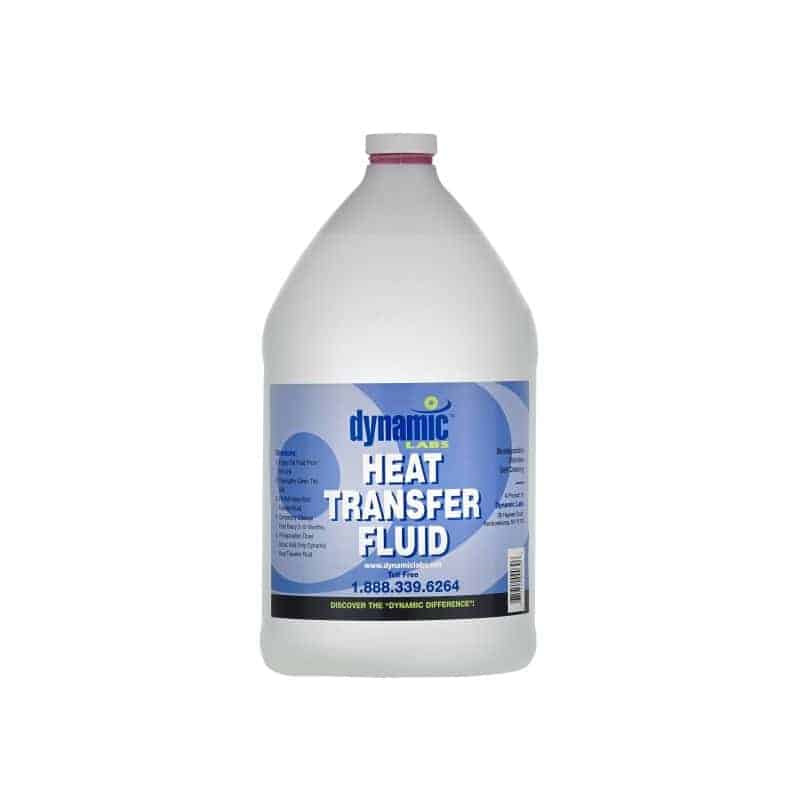Exactly How Heat Transfer Liquid Adds To Sustainable and Cost-efficient Workflow
In the contemporary commercial landscape, the duty of heat transfer fluids (HTFs) in promoting lasting and inexpensive procedures can not be overstated. These fluids are essential in optimizing thermal monitoring systems, therefore dramatically boosting power performance and reducing operational costs. heat transfer fluid. The environmental benefits of advanced HTFs, with their high thermal stability and low toxicity, are obvious.
Understanding Heat Transfer Liquids
In the realm of thermal monitoring, warmth transfer fluids (HTFs) offer as crucial representatives for transferring thermal power from one place to another. These liquids play an essential role in numerous commercial applications, including chemical handling, power generation, and Cooling and heating systems.
The structure of heat transfer liquids can vary significantly, consisting of options such as mineral oils, artificial oils, glycols, and molten salts. Each kind offers distinctive benefits, such as enhanced thermal security, low viscosity, and high boiling factors, which are chosen based on specific functional demands. Additionally, the choice of HTF effects not only the efficiency of warm transfer yet also the longevity and safety and security of the system in which it is utilized.
As industries continue to innovate, the advancement of sophisticated HTFs, identified by their boosted thermal conductivity and reduced environmental effect, is vital for fulfilling the demands of modern thermal management difficulties.

Enhancing Energy Effectiveness

Improving power performance has actually come to be a paramount concern across various industries, prompting a closer examination of warmth transfer liquids' duty in maximizing thermal monitoring systems. These liquids are important to preserving the preferred temperature in processes, thus minimizing energy waste and boosting total system performance. By picking an ideal warm transfer liquid, markets can considerably improve their power efficiency, causing decreased energy consumption.

Advanced solutions of warm transfer fluids have actually been established to endure extreme temperature levels while preserving stability and efficiency. These developments prolong the functional life-span of the liquid, minimizing the regularity of replacements and energy-intensive upkeep tasks. Moreover, the use of artificial or bio-based fluids supplies extra benefits in regards to reduced ecological impact, straightening with worldwide sustainability objectives. Improving energy effectiveness via optimal warmth transfer fluid choice is not just a technical need but likewise an ecological vital.
Decreasing Operational Expenses
Functional prices are a significant consideration for industries seeking to preserve affordable benefit, and the selection of heat transfer fluid plays a crucial role in cost management. Choosing a proper warmth transfer fluid can cause considerable expense financial savings by enhancing system effectiveness and minimizing power intake. High-performance liquids minimize thermal deterioration, which consequently minimizes the frequency of fluid replacement and downtime connected with upkeep, consequently reducing operational expenditures.
Moreover, warmth transfer liquids with premium thermal stability and deterioration resistance expand the life-span of devices. This decreases the need for constant repairs and substitutes, which can be expensive and disruptive to operations. By buying high-grade liquids, industries can achieve lasting reductions in maintenance prices and enhance the reliability of their systems.
Additionally, progressed warmth transfer fluids commonly exhibit lower thickness at operating temperatures, which boosts pump efficiency and decreases power usage in fluid blood circulation. Many modern warm transfer liquids are crafted to run successfully over a large temperature level range, reducing the requirement for multiple fluid types, consequently streamlining stock demands and minimizing linked prices.
Ecological Influence Decrease
The press in the direction of lowering ecological influence has actually gained energy in sectors leveraging warmth transfer liquids. Firms are significantly identifying the relevance of decreasing eco-friendly impacts by taking that site on lasting techniques. Warm transfer fluids (HTFs) play an essential duty in this change, supplying chances to improve energy efficiency and decrease emissions. By picking HTFs with high thermal security and reduced toxicity, industries can ensure minimal leak and deterioration, therefore reducing hazardous environmental launches.
Furthermore, the use of innovative heat transfer liquids contributes to better system effectiveness, reducing the total energy intake. This reduction not just leads to cost financial savings but additionally decreases carbon dioxide exhausts, helping in the battle versus climate modification. Liquids that are eco-friendly and recyclable better boost sustainability efforts, as they diminish waste and promote round economy practices.
In addition, incorporating HTFs into closed-loop systems prevents fluid loss and contamination of the surrounding environment. This method guarantees that liquids are reused, decreasing the need for new resources and restricting waste generation. By embracing these environmentally aware techniques, sectors can substantially more information decrease their environmental impact while preserving high functional efficiency, aligning with worldwide sustainability goals and regulatory demands.
Picking the Right HTF
Selecting the appropriate heat transfer liquid (HTF) is a vital step in advancing ecological sustainability within commercial procedures. The option of HTF straight influences system efficiency, energy usage, and ecological effect. A perfect HTF must have a high thermal capability, reduced thickness, and high thermal conductivity to make certain efficient heat transfer. Additionally, its stability over a broad temperature range is essential to avoid destruction, which can bring about raised exhausts and waste.
When selecting an HTF, it is necessary to consider its compatibility with system products to prevent corrosion and chemical reactions. This ensures longevity and reduces upkeep prices. The fluid should be non-toxic and biodegradable, decreasing its eco-friendly impact and ensuring compliance with ecological laws. The lifecycle price of the HTF, including purchase, operation, and disposal, need to additionally be examined to make sure economic feasibility.
Verdict
